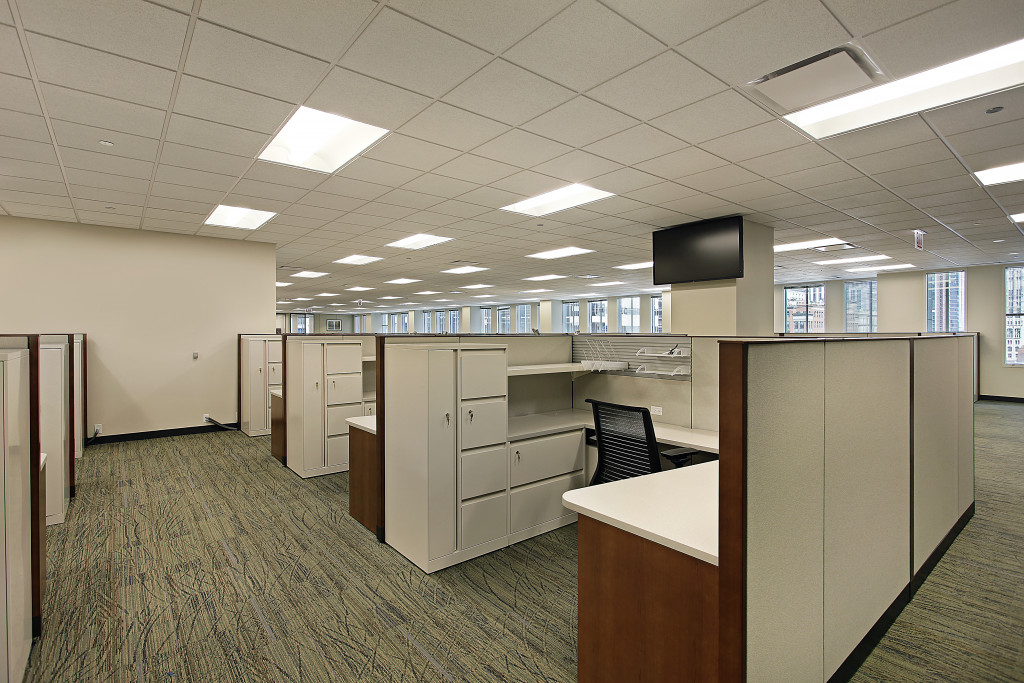Believe it or not, lighting can have a big impact on employee productivity. Good lighting can improve mood and energy levels. Studies have shown that exposure to natural light can boost mood and energy levels. Furthermore, adequate lighting can promote concentration and focus. Whether employees are working on a complex task or trying to meet a tight deadline, decent lighting can help them stay focused and on track. A brightly lit workspace can also help reduce distractions, making it easier for employees to concentrate on their work.
While good lighting in the workplace can significantly increase employee productivity, the opposite is true for bad lighting. Here are the negative effects of bad lighting on your employees and how you can fix them:
The wrong lighting can cause eye strain
One of the most common causes of eye strain is bad lighting. When employees work in an environment with poor lighting, their eyes have to work harder to see, which can lead to fatigue and headaches.
There are a few things you can do to reduce the strain on your employees’ eyes. First, make sure that the light source is not directly in their line of sight. Second, adjust the brightness of their computer screen to a comfortable level. Third, use glare-reducing filters on their screens. Lastly, have them take breaks often to give their eyes a chance to rest.
Poor lighting can cause seasonal affective disorder (SAD)
Poor lighting is a common cause of seasonal affective disorder (SAD) for employees. SAD is a kind of depression that occurs during winter when there is less natural light. Symptoms of SAD include fatigue, difficulty concentrating, and feelings of hopelessness.

Poor lighting can exacerbate these symptoms and make it difficult for employees to perform their duties. If you suspect that poor lighting is causing SAD for yourself or an employee, consider making some changes to the workplace. Adding windows or skylights can help to increase the amount of natural light in the workplace.
If you already have windows and the light passing through them is dim, they could be tinted. In that case, you should get a tint removal company for your windows. They specialize in removing all types of window film, including solar, privacy, and security tint. They use state-of-the-art tools and techniques to safely and effectively remove the tint from your windows. Once your windows are tint-free, your office will have better natural light for your employees. Installing brighter light bulbs can also make a difference.
Inadequate lighting can lead to accidents
Your employees are working the night shift, and they’re tired. Their eyes are heavy, and it’s hard to focus on their work. And then it happens. They misjudge a step and fall, injuring themselves in the process. Unfortunately, this is all too common in workplaces where lighting is poor. In fact, bad lighting is one of the leading causes of accidents in the workplace.
Here are examples of how bad lighting can lead to accidents:
- Poor visibility can lead to trips and falls. If you can’t see where you’re going, it’s easy to misjudge a step and take a spill.
- Dim lights can make it difficult to concentrate. When your brain has to work overtime to make sense of what it’s seeing, it’s more likely to make mistakes. That’s why errors are more common in workplaces with poor lighting.
- Poorly designed lighting can create glare and reflections that make it difficult to see clearly. This can lead to everything from missed steps to car accidents.
As you can see, bad lighting can have serious consequences. So if your workplace is poorly lit, be sure to take extra care to avoid accidents. And if you have the opportunity to help improve the lighting in your workplace, don’t hesitate to do so — it could save someone from getting hurt.
Bad lighting can exacerbate your employees’ existing health conditions
As an employer, it’s important to be aware of the potential effects of poor lighting in the workplace. While poor lighting can cause discomfort and eye strain for all employees, it can exacerbate existing health conditions for those with conditions like migraines or epilepsy.
In fact, fluorescent lighting is a common trigger for migraines, so if you have employees who suffer from migraines, it’s important to take steps to reduce the amount of fluorescent light in the workplace. Similarly, flickering lights can trigger seizures in people with epilepsy, so if you have employees with epilepsy, it’s important to ensure that the lights in your workplace are flickering.
Bad lighting can have a significant, negative impact on your employees’ health and well-being. It can cause eye strain, lead to seasonal affective disorder, and exacerbate existing health conditions. If you want to keep your employees healthy and productive, it is important to make sure that your workplace has adequate lighting.

